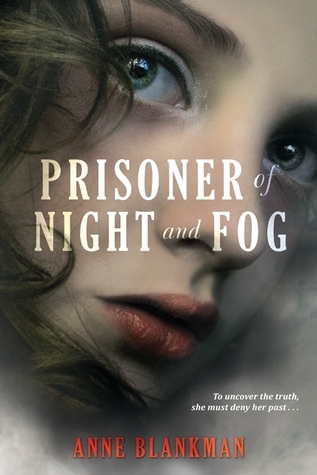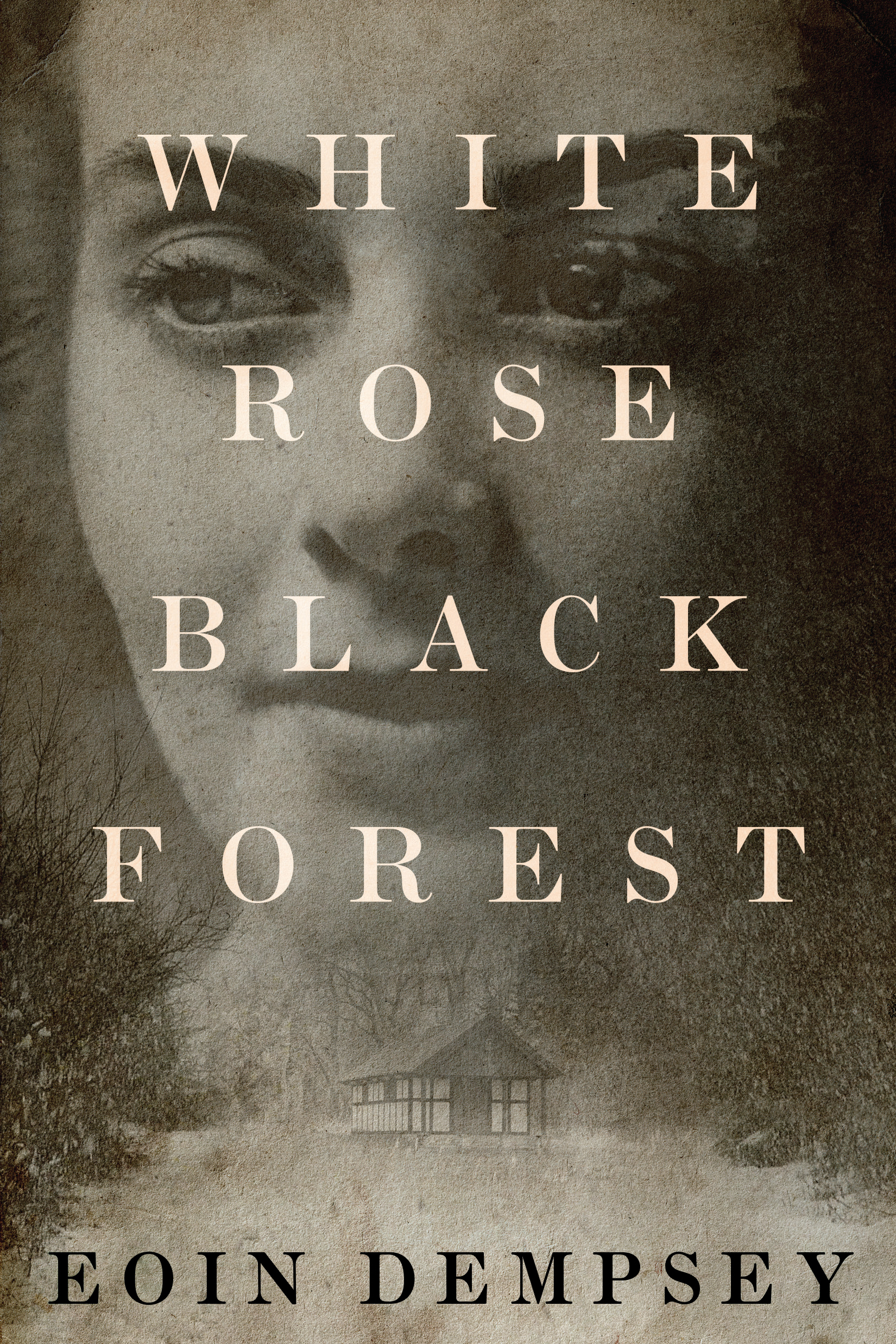
The White Rose Resists: A Novel of the German Students Who Defied Hitler
Book Description
Amid the oppressive shadows of Nazi Germany, a group of brave students risk it all to challenge the regime’s tyranny. United by their passion for freedom and justice, they form the White Rose, a clandestine organization that embarks on a daring campaign of resistance through leaflets and art. Each decision carries life-or-death stakes, and friendships are tested as they navigate betrayal and fear. With their ideals on the line, can they ignite a spark of hope in a darkened world? As their movement gains momentum, will their sacrifices inspire a nation, or will silence suffocate their message forever?
Quick Book Summary
"The White Rose Resists: A Novel of the German Students Who Defied Hitler" by Amanda Barratt tells the gripping, inspiring story of real-life university students in Munich who bravely opposed the Nazi regime. Working in secret, these young men and women—led by figures such as Hans and Sophie Scholl—organize the White Rose resistance group, risking their lives to distribute leaflets and defy Nazi oppression. Set amidst the terror and oppression of WWII-era Germany, the novel intimately portrays the dangers, moral dilemmas, and profound faith that unite and test the resisters. Through acts of courage, loyalty, and love, the students confront betrayal, fear, and the ultimate cost of standing for truth. The novel explores whether hope and conviction can survive when faced with overwhelming evil, and how even the smallest voices can stir courage in a nation gripped by silence.
Summary of Key Ideas
Table of Contents
Moral Courage in the Face of Oppression
Set in Munich during the height of World War II, the novel follows a group of Christian university students who become increasingly aware of the horrors and injustices perpetrated by the Nazi regime. As propaganda and fear stifle dissent, the protagonists grapple with questions of conscience and morality. Motivated by their shared values and a deep commitment to justice and faith, they form the White Rose resistance group, determined to speak truth despite the dangers looming all around them.
The Strength of Faith and Conviction
The White Rose utilizes underground leaflets and artistic expression as their tools for resistance. These clandestine acts allow them to circulate calls to action and awaken their fellow Germans to the regime’s atrocities. Every leaflet distributed is a perilous risk, underlining the seriousness of their endeavor. The narrative delves into the logistical and emotional challenges of operating in secrecy, as well as the growing tension as the Gestapo closes in.
Friendship, Loyalty, and Sacrifice
Friendships and relationships take on new urgency within the group, as trust and loyalty become both their greatest strength and a potential vulnerability. Bonds are tested by suspicion, fear of betrayal, and the emotional strain of living with constant danger. The novel explores the sacrifices each member is willing—or forced—to make, from strained family ties to risking their own futures and lives for the cause.
The Power of Dissent and Hope
A key theme in the story is the students' unwavering faith. Christian conviction and belief in a higher moral law guide their actions, offering both comfort and challenge. Through prayer, reflection, and inner struggle, they navigate doubts while holding onto the conviction that their actions are just. The role of faith not only sustains them but also shapes the hope that one day justice and truth will prevail.
As the Gestapo intensifies its search, the consequences of resistance become heartbreakingly real. Yet the legacy of the White Rose—though stamped out by force—becomes a beacon of inspiration for future generations. In a world overshadowed by fear, the novel reveals how even small acts of resistance can crack the façade of tyranny and echo far beyond their moment, testifying to the enduring power of courage and hope.
Download This Summary
Get a free PDF of this summary instantly — no email required.





